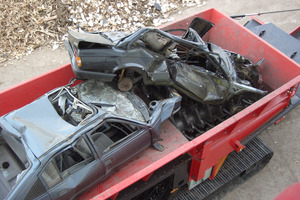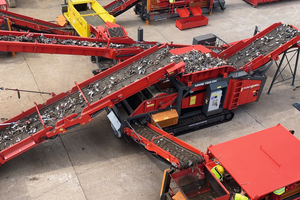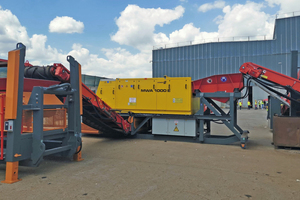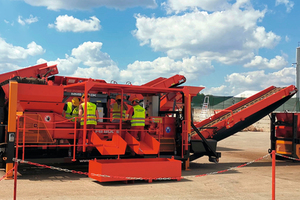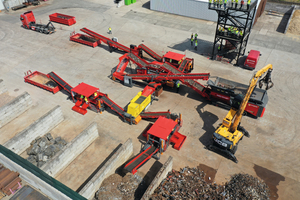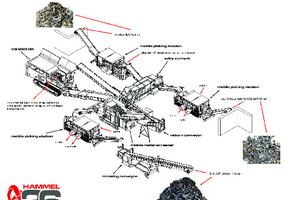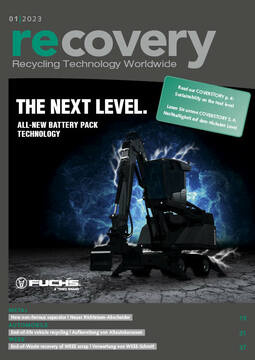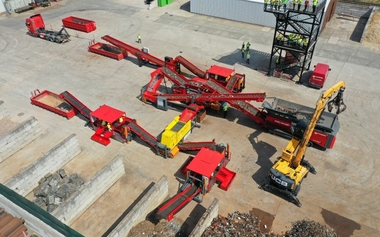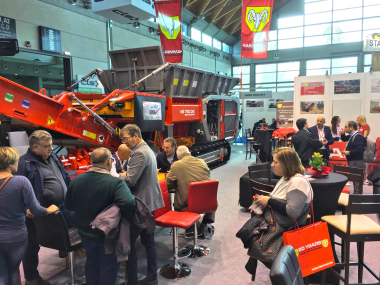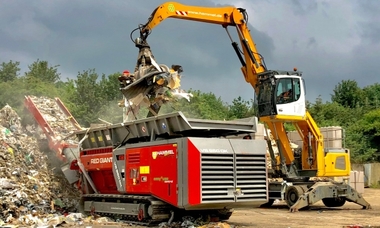End-of-life vehicle recycling: What happens to old cars at the end of life?
A car is composed of valuable raw materials, 75 % metal (steel, copper, light metals, precious metals), besides glass, tyres and other plastics. With an unladen weight of one tonne, a vehicle consists of approx. 600 kg of steel, 10 kg of cast iron and 90 kg of aluminium. At the end of their useful life, therefore, vehicles have value as a source of spare parts and for the secondary raw materials. In the US alone, approximately 12 – 15 million vehicles reach the end of their useful life each year, which has spawned a strong vehicle dismantling industry.
The process of car recycling is quite complex and is usually done in 2 stages. First, all operating fluids, fuel, radiator fluid, engine, transmission and other oils, air conditioning refrigerants, etc. are drained and collected in a dismantling plant. Battery, airbags and catalytic converters are also removed and recycled as spare parts.
During the second stage, the residual car body is processed and a shredder scrap containing iron and steel as well as a shredder fraction containing non-ferrous metals are obtained. HAMMEL Recyclingtechnik GmbH has developed a complete mobile metal processing plant for shredding and sorting these materials.
At the beginning of the shredding process a slow running 2-shaft shredder is used. The HAMMEL-primary crusher type VB 950 DK – RED GIANT – in a new modern design is equipped with a powerful CAT C18 stage 5 motor with approx. 563 kW. The material feed of the input material such as car bodies, but also light mixed scrap and white goods is optimally carried out by the two special counter-rotating shafts.
After shredding, the input material is transported to a mobile metal screen MMS 150 DK. The integrated vibrating finger screen separates the material < 150 mm and > 150 mm. The oversize material is returned to the primary crusher via a return belt to be crushed again. The screened material < 150 mm passes via a vibrating chute onto a magnetic drum, which permanently separates ferrous and non-ferrous material. Both materials are discharged via conveyor belts.
For further processing, the ferrous parts are fed onto a mobile sorting belt. Manual sorting removes inclusions that may contain waste, cable and stainless steel. An almost unmixed, marketable FE material is produced as the end product.
The non-ferrous parts are sorted into aluminium and shredder light fraction with an eddy current separator. The separator type MWA 1000 E is semi-mobile installed on a hook lift and has a vibrating chute for optimal feeding of the material onto the fast-rotating permanent magnet system. A time-variable magnetic field induces eddy currents in electrically conductive particles such as aluminium and copper and separates them via conveyor belts.
Further integrated sorting tables enable the production of a sorted aluminium fraction in which the manual inclusions are sorted out. The shredder light fraction produced, a mixture of various materials such as plastic, rubber, glass, and residual metals, is used for energy recovery in waste incineration plants or in landfill construction or mining backfill.
All components of the metal plant are interconnected, and the electrical machines can be driven by an integrated generator installed in the MMS 150 DK screen. The advantage is that this „mobile“ plant can be set up at any other location with a short set-up time.
The main objective of processing end-of-life vehicles with the HAMMEL plant is to separate different material streams in a simple and cost-effective way. In total, almost 99 % of the metals contained in the end-of-life vehicle can be recycled.
At the next Hammel demo days, which take place regularly, the system can be viewed live in operation on the Hammel premises in Bad Salzungen. For more information and to make an appointment, the following e-mail address is available:

